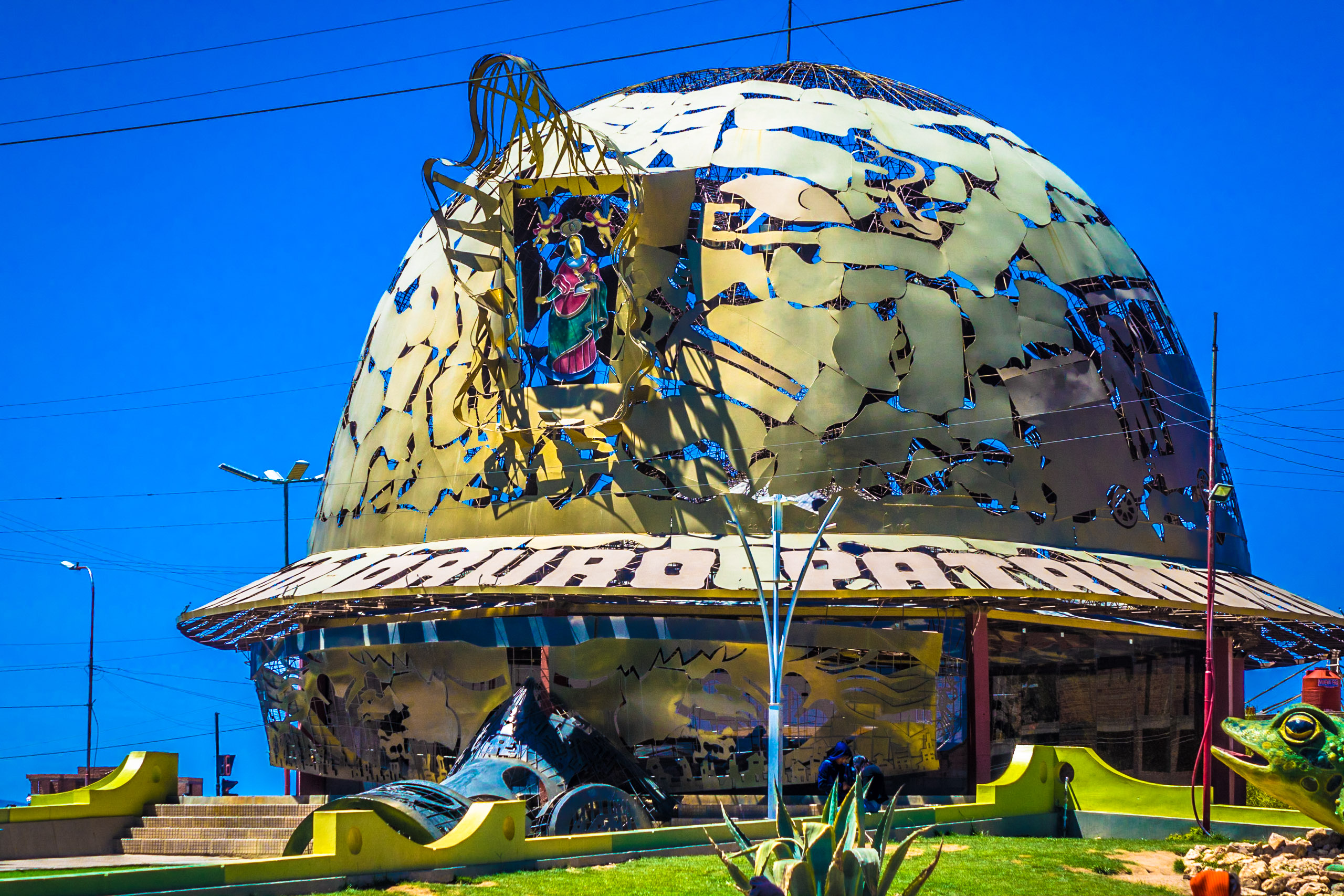September 30 & October 1, 2017
Flatter terrain and awesome tailwinds make for some fun days with lots of mileage!
Cycling Stats
September 30, 2017
Start Point: Tholar, Bolivia
Destination: Caracollo, Bolivia
122.7 km, 13.7 km/h average speed, 50 km/h maximum speed, 6:15 time on the bike
768 meters gained, 979 meters elevation descend, 4021 meters maximum elevation
October 1, 2017
Start Point: Caracollo, Bolivia
Destination: Oruro, Bolivia
38.4 km, 20.9 km/h average speed, 34.4 km/h maximum speed, 1:50 time on the bike
276 meters gained, 308 meters elevation descend, 3779 meters maximum elevation
Route Description:
September 230, 2017 The route is on a paved road with a shoulder. There are undulating hills all day. You can easily stop in Konani after about 70K on this day as there are hotels here. We chose to continue with the wind at our backs. There are small towns along the route every 20 km with stores. We pushed on to Caracollo with the last 20 km being downhill.
October 1, 2017 Again a paved road with a good shoulder. Today was a shorter ride with undulating hills. There are lots of hotels, stores and restaurants in Oruro.
Accommodations:
If you stop on the first day in Konani at the 70km mark there are hotels here. We continued to Caracacollo where there are 2 hotels in town. We stayed at Alojamiento Villa Puente La Paz for 80 Bolivianos for two people. It was a private room with shared toilet and shared showers. It was gross and you’d be better served by camping. They turn the water off at night and just gross; don’t do it. On the next night in Oruru we stayed at Houston Hotel for 150 Bolivianos. It included wifi, private room with private bathroom and shower and breakfast. There are lots of hotels to choose from in Oruru.
What happened…
Andrew writes: The 30th ended up being a really long day because we reached Konani pretty early. The tailwind helped too! The riding was pretty easy actually, although there was a climb just after Konani. So with no headwind we just kept riding until we reached Caracollo, although we probably could’ve made it all the way to Oruro if we had really pushed. There just isn’t a lot to see or do in these parts. On one hand I am surprised at how hilly the “altiplano” is, but on the other hand perhaps I’m not that surprised at how boring the scenery is. At least in Peru we could watch the locals working out in the fields, here there isn’t much of anything. When we pull into the small towns, there is no one around, and not much for sale at the local store either.
The ride from Caracollo to Oruro took almost no time at all, we had a tailwind all morning. When we reached Oruro there was a HUGE parade (again!?) which wound itself through the downtown. We sampled our first Bolivian empanadas, and they taste great! It seems to be the local delicacy as every second shop/cafe sells them. We ended up bargaining down the price of a nice hotel near the central plaza and settled in to get some R&R on the weekend. My map showed a 5-star hotel here in town and when I went to ask at the desk how much it would cost, it was $150USD. Of course to find this out, I had to wake-up the bellhop. At least they had a bellhop. I think we’re taking tomorrow off to sit in the hotel and watch NFL football.
Amanda writes: As Andrew mentioned there wasn’t a lot to see in these parts. In some ways I’m enjoying not having to climb loads of meters and then descend only to do it all again. But in another way, those climbs are typically pretty rewarding. So no climbs means not a lot of exciting stuff to see. It was interesting to see so many dead dogs on the road. Don’t get me wrong it’s not that I’m morbid or like dogs dying, it’s just that there were so many of them. And they were ON the road, not beside the road or on the shoulder. Like I’m talking fresh road kill on this day. And when I say lots like 10-20 in the span of 150 km; that’s a lot! Oh and we had 3 flat tires from all the shit in the shoulders; fun!
Aside from that I noticed how the smaller rural communities just outside the cities lived so simply. The homes were all very small; like very very small, maybe one room homes that everyone had the same home. And the homes weren’t in nice neat rows like many places do, they were just clumped together in a common area. Then every 10 houses or so there was an outhouse which I would assume was the community washroom. It’s times like these when I see this that I’m reminded how very lucky we are to have been born and raised in North America.
The aerial view of our rides:

